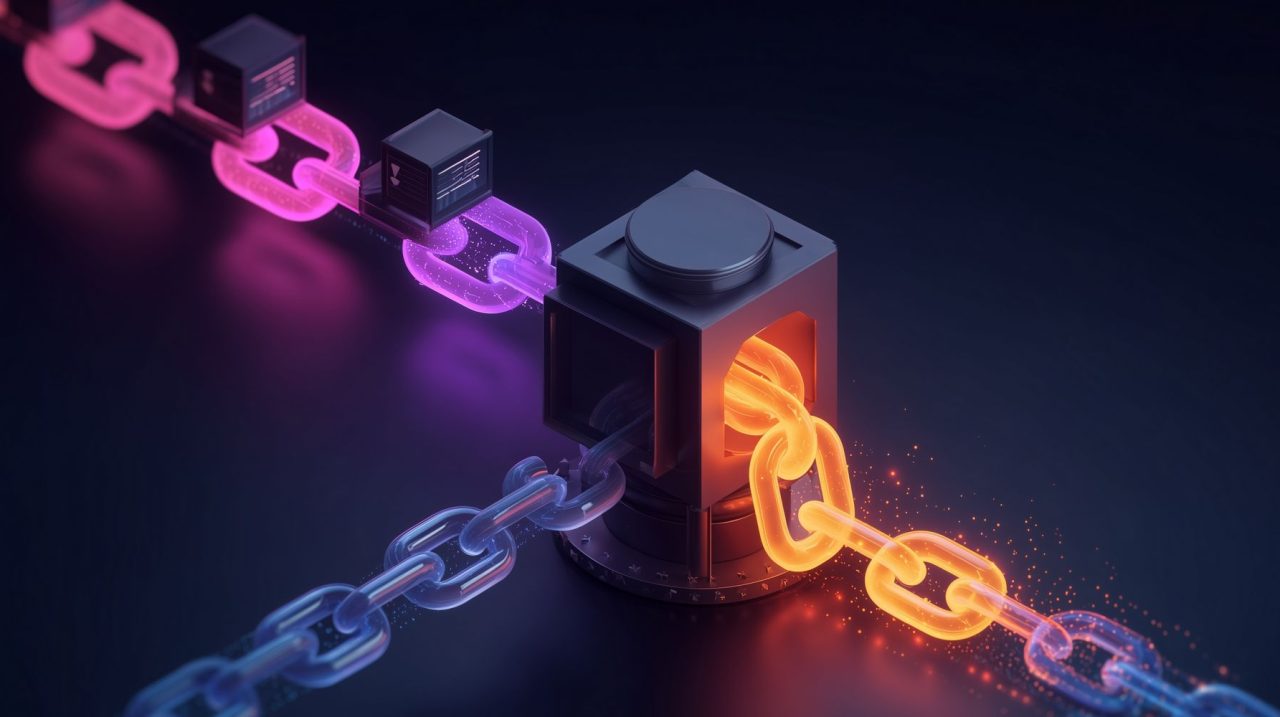Hreflang + Canonical: The hidden way to wash risky links
 SEO Laboratory
SEO Laboratory  2025/11/10
2025/11/10  Kastytis
Kastytis 
Between legal technical SEO and full-fledged "black hat" there is a quiet trick: using "canonical" and "hreflang" tags, it is possible to divert risk away from the main "money site" domainwhile taking advantage of benefits of aggressive links.
🛠️ Here's how it works
You don't shoot suspicious links directly to the main domain. Instead, you create additional sites or language versions that act as buffers.
Example:
Sukuri "Site B" and "Site C". These are provided as Spanish and German versions of your main English website.
You get a lot of links to these versions, even links that would be too obvious or aggressive if they were directly aimed at your brand.
You can link them to the home page using:
- "canonical" bookmarks that refer to the home page as the primary source
- "hreflang" bookmarks that declare language or regional versions linked to the same website
In theory (and in practice):
- The Authority and positive signals can be transmitted
- Algorithmic penalties targeting an "abusive" site often do not propagate through a canonical or hreflang link
- "Buffer site absorbs the risk while the main site reaps the rewards
Related model: where website domains are bombarded with links at a very high rate and then the same domains are used to redirect to the target domain, shifting the benefits and keeping the risks at bay.
Is it clean? Not quite.
Is it ingenious? Of course.
Is this is based on the current "loophole"How does Google interpret canonical signals and trust large domains? Yes. And how all such gaps, it can disappear overnight.
🔥 Key insights
- The essence of the method: risk separation, not just more links
- Technical elements, canonical and hreflang are used as strategic filters, not just solutions to linguistic or duplication problems
- But this, who plays this game, should regard it as temporary, traceable and avoid using websites that have lasting value
Briefly: "canonical" and "hreflang" in this context are no longer just a means to manage the architecture of a website. They become channels through which "dirty" links pass the "juice" to clean brands, leaving the dirt behind.


